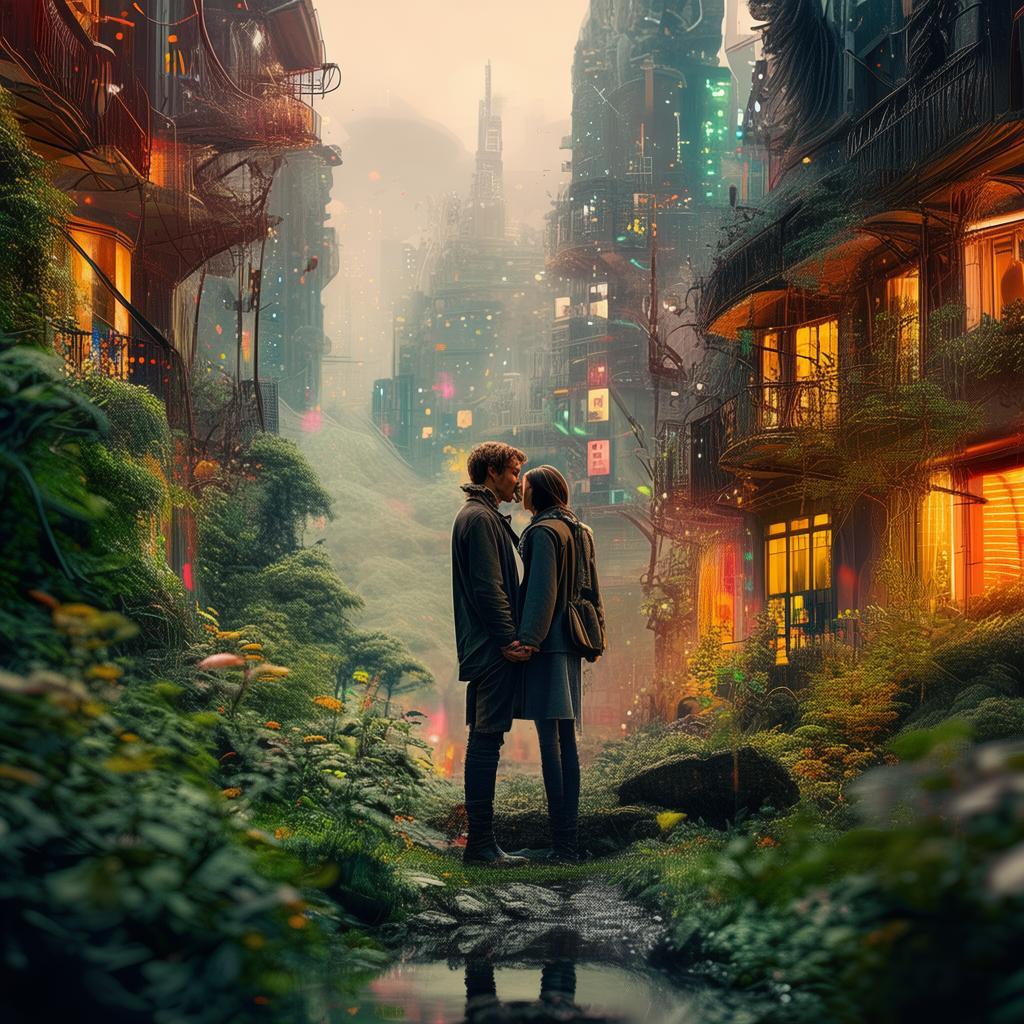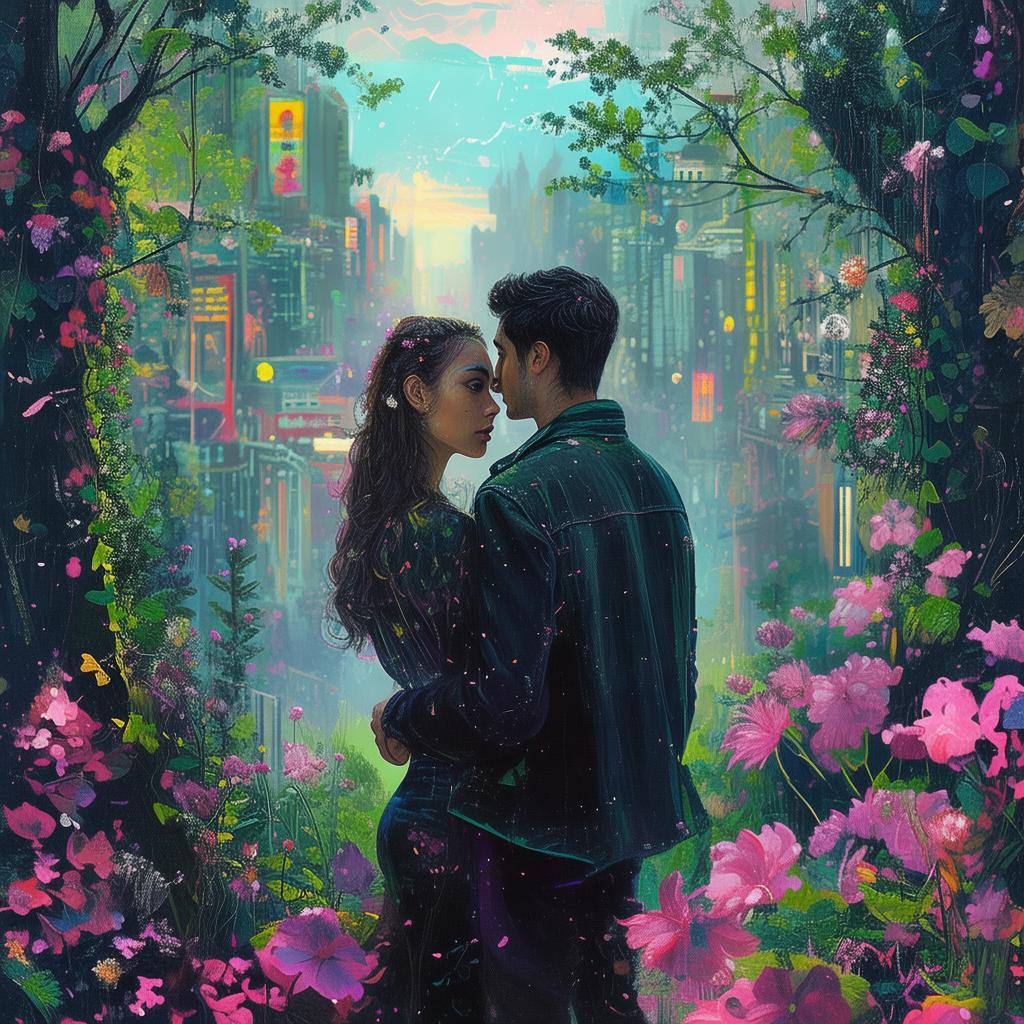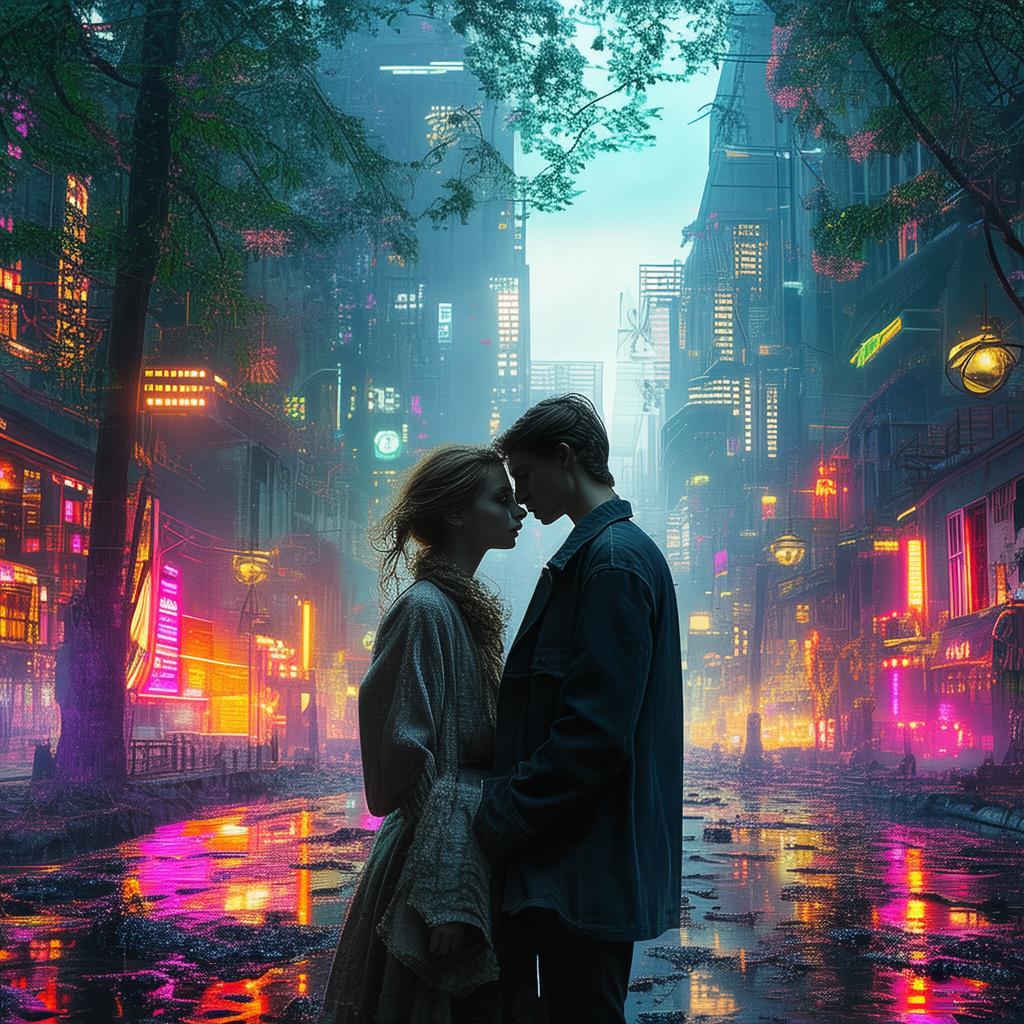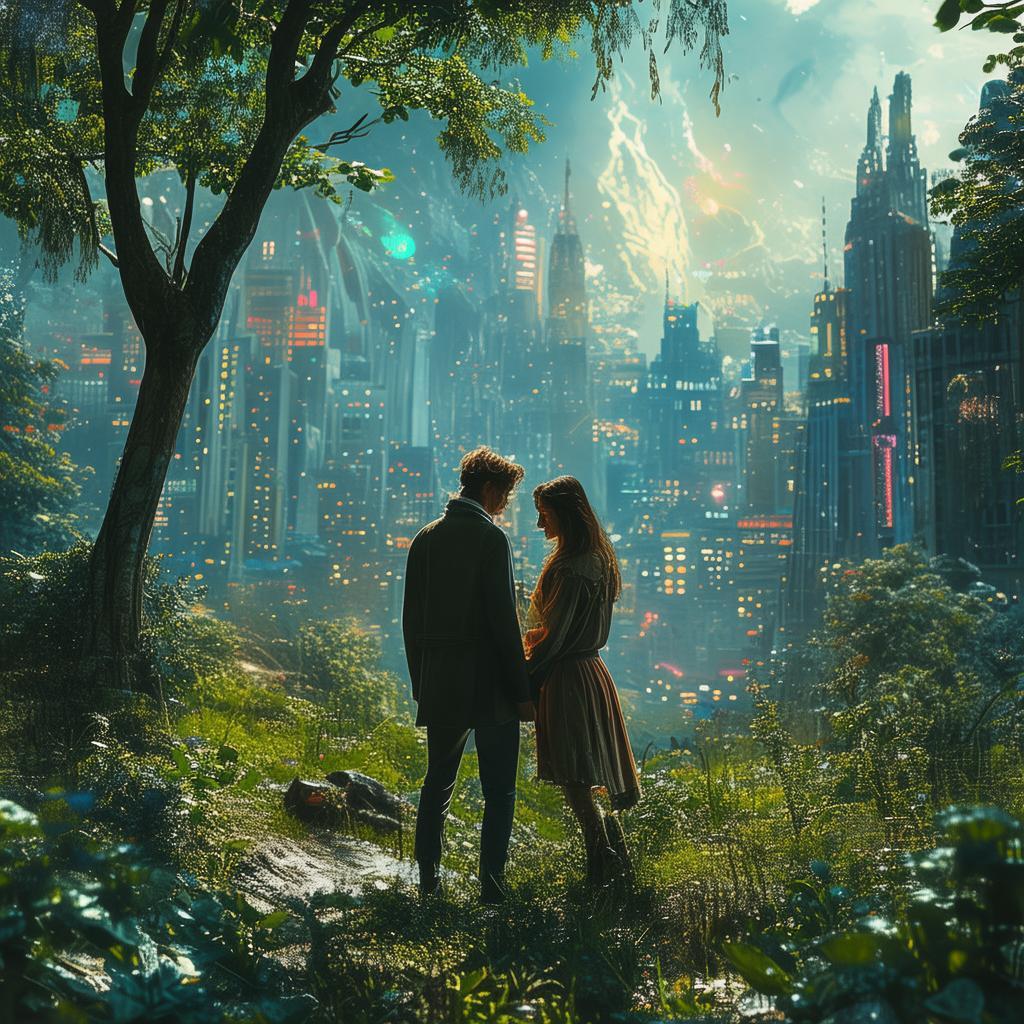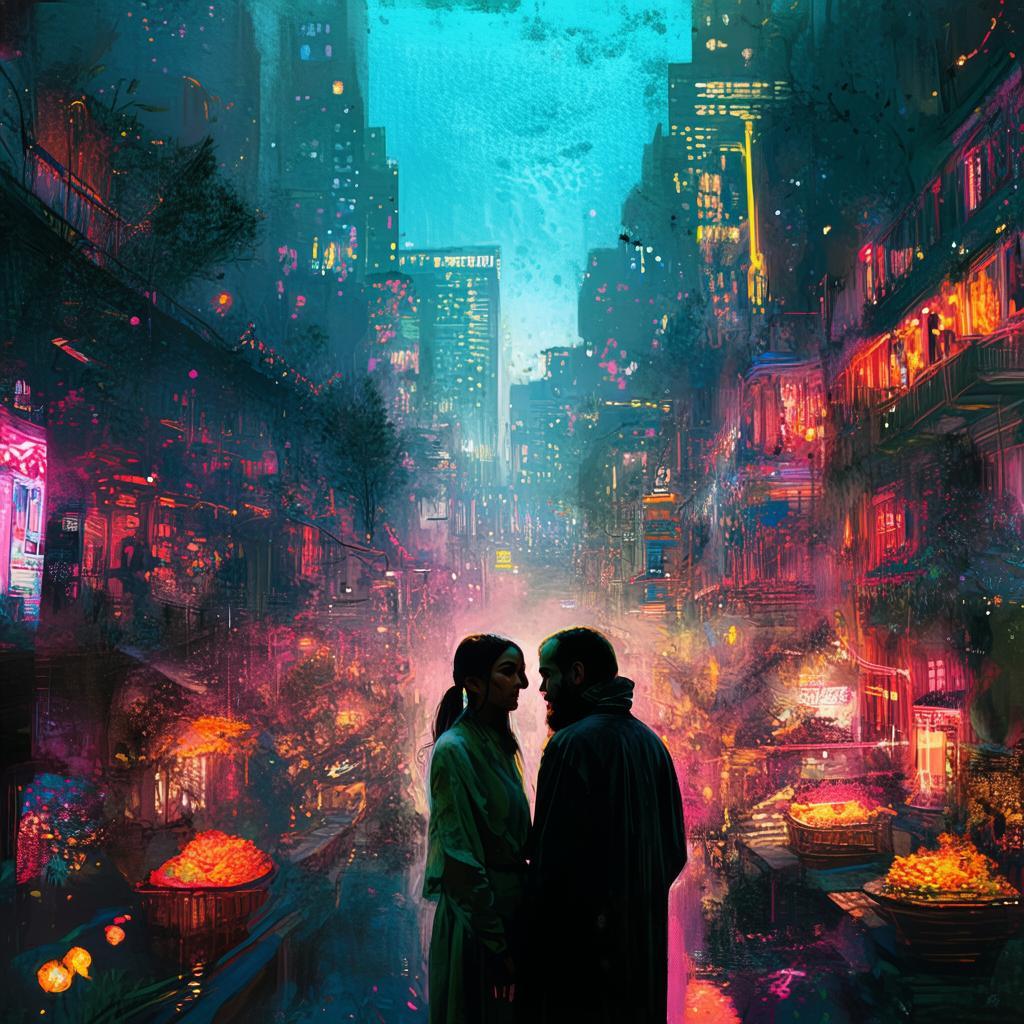The Unveiling of the Parisian Secret
The morning sun spilled through the gilded windows of the small, cobblestone apartment on the Left Bank, casting a warm glow over the room that seemed to hold secrets of the past. Élise, a young woman with a passion for art and an unyielding spirit, had just returned from a long-overdue visit to the Louvre. As she laid her scarf aside, the scent of coffee and the hum of the city filtered through the open window, mingling with the lingering aroma of old paint and canvas.
Her heart skipped a beat as she gazed at the framed photograph of a woman she had never seen before but felt an inexplicable connection to. It was a portrait of a woman with a striking resemblance to herself, her eyes full of sorrow and her lips pressed firmly together, as if she held a silent scream. The woman was standing in front of the Eiffel Tower, the cityscape as a backdrop, her gaze reaching into the distance as if searching for something lost.
Curiosity piqued, Élise spent the next few days researching the portrait, discovering that it was of a woman named Madeleine, who had vanished mysteriously in the 1920s. As she delved deeper, she found that Madeleine had been a sculptor and a muse, her life a tapestry of love and heartbreak, woven into the very fabric of Paris itself.
Élise's search led her to a quaint bookshop where she stumbled upon an old diary belonging to Madeleine. The diary was filled with sketches and notes that revealed a love triangle involving a wealthy American art collector named Charles, and a French painter named Lucien. The story of their love was one of passion and betrayal, set against the backdrop of the Roaring Twenties and the rise of modern art.
As the days turned into weeks, Élise found herself drawn to the story, feeling a growing connection to Madeleine. She began to see parallels between their lives—both women were artists, both had loved deeply, and both had faced the pain of love's rejection.
One evening, as the city was bathed in the golden hue of dusk, Élise found herself standing in front of the Eiffel Tower, her eyes tracing the same path as Madeleine's had decades before. It was there, amidst the throng of tourists and the whispering wind, that she felt a presence behind her. She turned to see a man with eyes that seemed to carry the weight of a thousand secrets.
"Madame," he said, his voice smooth and deep, "I have been waiting for you."
The man introduced himself as Lucien, the painter who had once loved Madeleine. He explained that he had been following Élise's investigation into Madeleine's life, drawn by the uncanny similarities between their destinies. Lucien invited Élise to visit his studio, where he had preserved Madeleine's legacy, a collection of her works and her last, unfinished sculpture.
The studio was a treasure trove of artistic expression, filled with the essence of Madeleine's soul. Élise felt a strange sense of belonging as she wandered through the space, her heart pounding with a mixture of fear and excitement. Lucien showed her the sculpture, which was a representation of a heart, half-broken, yet somehow whole.
"It is the story of love," Lucien explained. "Of the pain that comes with loving too deeply and the beauty that remains even after it has been shattered."
Élise felt a lump form in her throat as she looked at the sculpture, realizing that she had found her own story within it. She shared her discovery of the portrait and the diary, and Lucien listened with a mixture of disbelief and understanding.
As the weeks passed, Élise and Lucien became inseparable, their connection deepening with each shared story and memory. They fell into a love that was both familiar and new, their hearts aching for the love that had once been, and celebrating the love that was now.

But the past was not easily forgotten. Charles, the art collector who had loved Madeleine, reappeared in Élise's life, determined to reclaim his lost love. The love triangle that had been buried for decades began to unfold again, with each person fighting for their stake in the heart that was Madeleine's legacy.
Élise found herself at a crossroads, torn between her own love for Lucien and her respect for the spirit of Madeleine. She knew that to truly honor Madeleine's memory, she must face the consequences of her actions, whatever they may be.
In the climax of her journey, Élise discovered the truth behind Madeleine's disappearance—the love triangle had reached its breaking point, and in a tragic turn of events, Madeleine had vanished without a trace, her sculpture left as a testament to her love and her heartbreak.
With the revelation, Élise realized that her own heart had been broken, much like Madeleine's, but that she had the power to choose her own fate. She chose Lucien, the man who had loved her from the shadows, and together they vowed to keep Madeleine's spirit alive through their art and their love.
As the city of Paris continued to whisper its secrets, Élise and Lucien walked away from the Eiffel Tower, their hands entwined, the silhouette of the tower a beacon of hope amidst the Parisian dreams.
✨ Original Statement ✨
All articles published on this website (including but not limited to text, images, videos, and other content) are original or authorized for reposting and are protected by relevant laws. Without the explicit written permission of this website, no individual or organization may copy, modify, repost, or use the content for commercial purposes.
If you need to quote or cooperate, please contact this site for authorization. We reserve the right to pursue legal responsibility for any unauthorized use.
Hereby declared.

